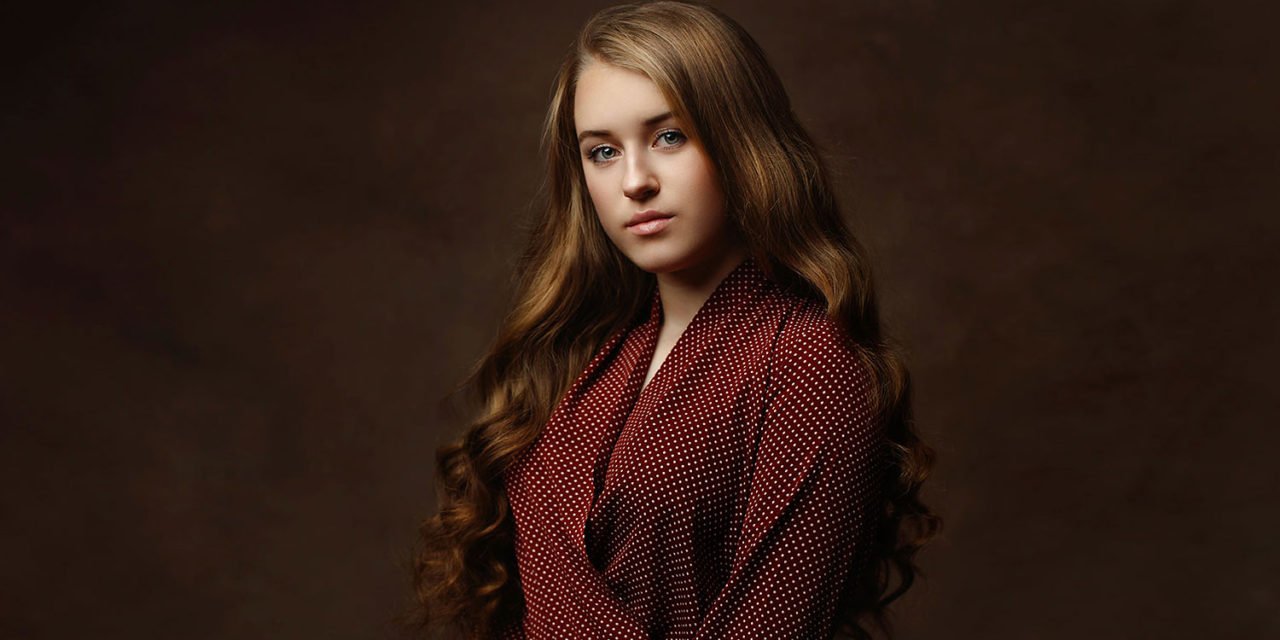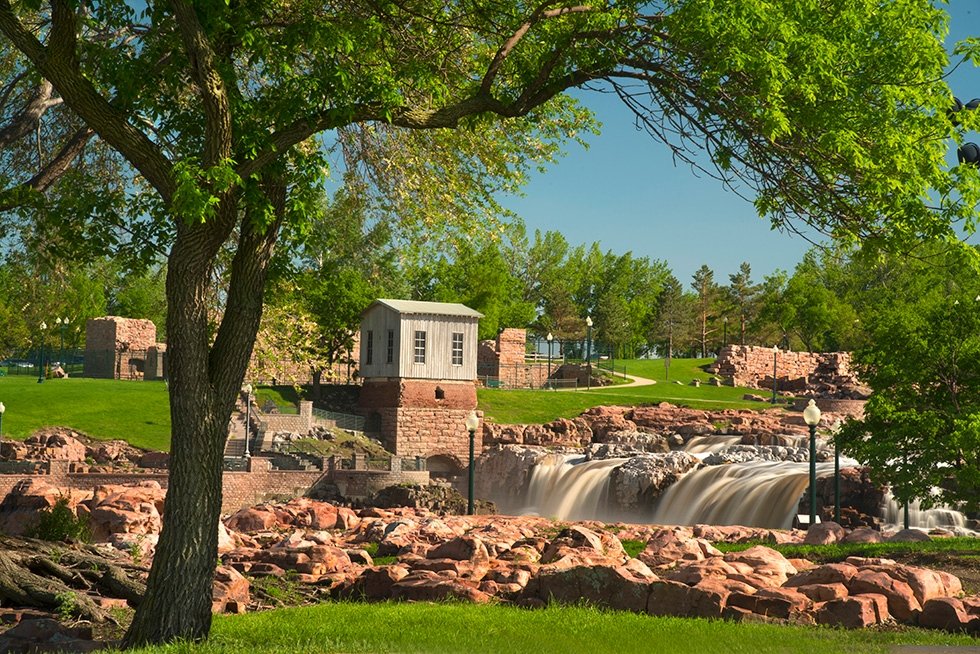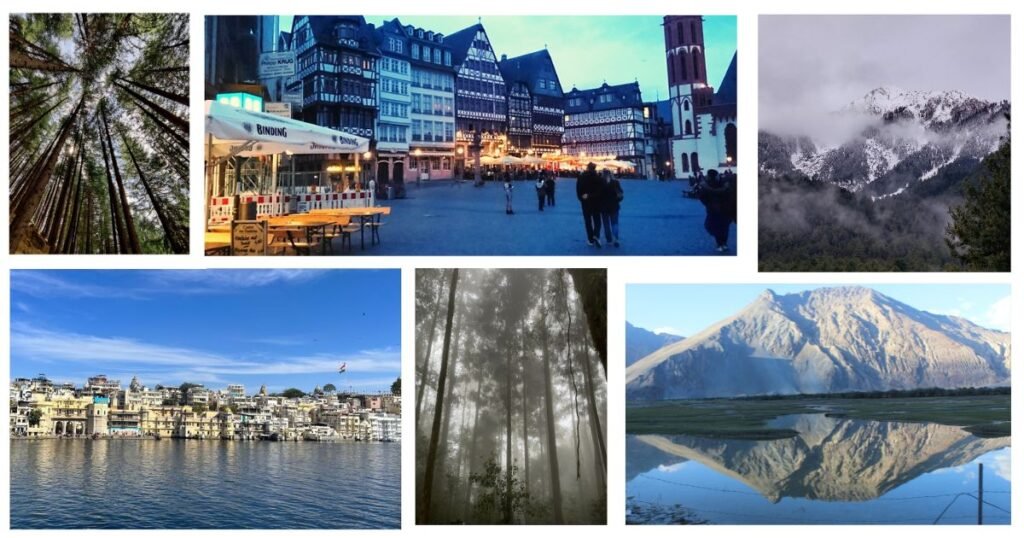Introduction to Fine Art Photography
As a photographer, I have always been fascinated by the world of fine art photography. It is a genre that goes beyond capturing mere images and delves into the realm of artistic expression.
It’s about creating visually stunning and thought-provoking images that evoke emotions and challenge our perceptions.
In this article, we will explore the characteristics of fine art photography, its history, famous photographers in the field, tips for creating your own , the impact of technology on the genre, galleries and exhibitions dedicated to fine art photography, and the growing trend of collecting and investing in this form of art.
Characteristics of Fine Art Photography
What sets fine art photography apart from other genres is its emphasis on the artistic vision of the photographer.
It is not merely about capturing a moment in time, but rather about creating a visual masterpiece that tells a story or conveys a mood. Fine art photographs often have a dreamlike quality, with careful attention to composition, lighting, and color.
They can be abstract, surreal, or ethereal, leaving room for interpretation and inviting the viewer to engage with the image on a deeper level.
Another characteristic of fine art photography is the use of various techniques to enhance the aesthetic appeal of the photograph. This can include long exposures, multiple exposures, selective focus, and creative post-processing.
These techniques allow the photographer to transcend the boundaries of reality and create images that are truly unique and captivating.

Fine Art Portrait Photography
Differentiating Fine Art Photography from Other Genres
While photography as a whole is a form of art, fine art photography stands out due to its intention and purpose. It is not concerned with documenting reality or capturing fleeting moments, but rather with creating images that are intended to be appreciated as works of art.
Fine art photography is often exhibited in galleries and museums alongside paintings and sculptures, emphasizing its status as a legitimate art form.
In contrast, genres such as photojournalism or commercial photography are more focused on conveying information or selling products. They serve specific purposes, while fine art photography is driven by the artist’s creative vision and personal expression.
It is this intentionality and the artistic approach that distinguish fine art photography from other genres.
The History
The history of fine art photography dates back to the early 19th century when photography was first invented. At that time, photography was primarily seen as a means of scientific documentation or portraiture.
However, as the medium evolved, photographers began to experiment with different techniques and styles, pushing the boundaries of what was considered “art.”
One of the most influential movements in the history is Pictorialism, which emerged in the late 19th and early 20th centuries.
Pictorialist photographers aimed to create photographs that resembled paintings, using soft focus, manipulated prints, and other techniques to achieve a more artistic and expressive look. This movement paved the way for the recognition of photography as a legitimate art form.

Fine Art Photography By Paul Schiller
Famous Fine Art Photographers and Their Works
Throughout history, numerous photographers have made significant contributions to the world of fine art photography. Their works have not only shaped the genre but have also inspired and influenced generations of photographers. Let’s explore some of these famous photographers and their iconic works.
- Ansel Adams: Known for his breathtaking landscapes, Ansel Adams captured the beauty of nature with unparalleled precision and mastery of light. His black and white photographs, such as “Moonrise, Hernandez, New Mexico” and “Yosemite Valley, Winter,” have become iconic representations of the American West.
- Cindy Sherman: Renowned for her conceptual self-portraits, Cindy Sherman challenges gender roles and societal expectations through her photographs. Her series “Untitled Film Stills” and “History Portraits” are thought-provoking explorations of identity and the portrayal of women in media.
- Sebastião Salgado: With a strong focus on social and environmental issues, Sebastião Salgado’s photographs capture the human condition and the impact of globalization. His series “Workers” and “Genesis” depict the resilience and beauty of humanity and the natural world.
Tips for Creating Fine Art Photographs
Creating fine art photographs requires a combination of technical proficiency and artistic vision. Here are some tips to help you on your journey to creating your own masterpieces:
- Find your unique style: Experiment with different subjects, techniques, and styles to discover what resonates with you. Developing a distinct style will help your work stand out and make it recognizable.
- Pay attention to composition: Composition is key in fine art photography. Consider the placement of elements, lines, and shapes within your frame to create a visually pleasing and balanced image. Use the rule of thirds, leading lines, and negative space to enhance the impact of your photographs.
- Experiment with light: Light is the essence of photography. Learn to observe and manipulate light to create dramatic and evocative images. Play with different lighting conditions, such as golden hour or low light, to add depth and mood to your photographs.
- Edit with intention: Post-processing is an integral part of fine art photography. Use editing software to enhance the mood and visual impact of your images. However, remember to edit with intention and avoid over-editing, as it can detract from the authenticity of your work.
The Impact of Technology
The advent of digital technology has revolutionized the field of photography, including fine art photography. Digital cameras have made photography more accessible and allowed for instant feedback and experimentation. Additionally, advancements in editing software have expanded the possibilities for creative expression.
However, the digital age has also brought challenges to fine art photographers. The ease of image manipulation and the proliferation of online platforms have raised questions about the authenticity and value of fine art photographs.
Despite these challenges, technology has opened up new avenues for artists to showcase their work and reach a global audience.

Fine Art Landscape & Nature Photography Gallery
Galleries and Exhibitions for Fine Art Photography
Galleries and exhibitions play a crucial role in showcasing and promoting fine art photography. These spaces provide a platform for photographers to display their work and engage with a wider audience. They also offer opportunities for collectors and art enthusiasts to discover and acquire fine art photographs.
Some renowned galleries and exhibitions dedicated to fine art photography include:
- The Museum of Modern Art (MoMA) in New York City
- The National Gallery of Art in Washington, D.C.
- The Tate Modern in London, United Kingdom
- The Rencontres d’Arles in Arles, France
Visiting these galleries and exhibitions can be an enriching experience, allowing you to immerse yourself in the world of fine art photography and discover new artists and perspectives.
Collecting and Investing
In recent years, there has been a growing trend of collecting and investing in fine art photography. As the appreciation for this art form increases, so does the demand for limited edition prints and original works. Collecting fine art photography not only allows you to surround yourself with beauty but can also be a sound investment.
It is essential to educate yourself about the artists, their techniques, and the market. Research the reputation and track record of photographers, and consider consulting with experts or galleries specializing in fine art photography. Additionally, ensure the authenticity and condition of the artwork before making a purchase.
Conclusion:
Fine art photography is a captivating genre that pushes the boundaries of what is considered “photography.” It combines technical skill with artistic vision to create images that transcend reality and evoke emotions. Whether you are a photographer or an art enthusiast, taking the time to explore and appreciate fine art photography can open up a world of beauty and inspiration.
So, next time you encounter a fine art photograph, take a moment to immerse yourself in its essence, and let it stir your imagination.



